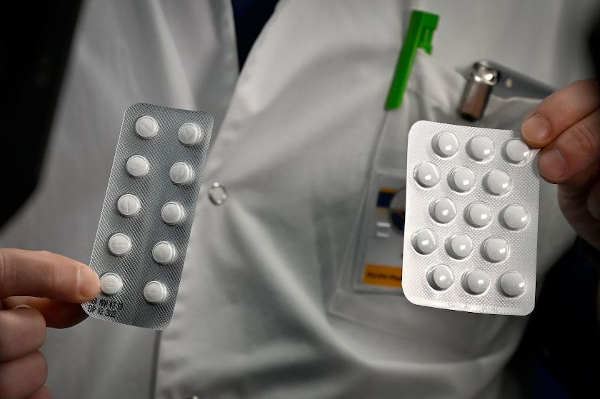As an anti-malarial drug, chloroquine attacks a one-celled organism–the malaria causing-plasmodium. But SARS-CoV-2 is a virus, causing the disease Covid-19. So why should an antimalarial drug be used in the therapeutic attempts of a viral pandemic?
Along with this there is another way also through which the drug can work.
Chloroquine is a weak base – an alkaloid. So, when it gets into a membrane-bound structures of the cell organelles (which incidentally are also attacked by the virus), the drug interferes with the acidification of the cell organelles.
The study suggests that chloroquine induces inhibition of acidity-dependent viral fusion in various cell organelles.
The cell organelles thus, including endoplasmic reticulum, Golgi bodies etc. could prevent themselves from becoming centres of viral activity inside the cell.
Favourable outcomes
The cautious optimism over the use of the drug in therapeutic use against the virus does have a scientific basis.
Other combinations of drugs have been tried to treat Covid-19 too; as in the case of a French group study published in the International Journal of Antimicrobial Agents on 20 March this year.
The study involves the treatment of 42 patients with Covid-19, who were treated in-house. Of these, 26 were given hydroxy-chloroquine and the remaining were given the usual care.
Of the 26, six were additionally given antibiotic azithromycin.
By the end of the fifth day, all the six were cured of Covid-19.
Then, among those who took hydroxy-chloroquine alone, seven were completely cured.
In the control group for the same period, only two tested negative for the virus.
Earlier in India, doctors from the Sawai Man Singh hospital in Jaipur had reported how they had cured three patients with a cocktail of anti-viral medicines, ‘a combination of 200mg Lopinavir and 50 mg of Ritonavir twice a day besides Oseltamivir’ along with chloroquine.
Chloroquine in history
Chloroquine is a synthetic drug. Its natural form is quinine, which in turn is the bark of the cinchona plant.
The indigenous shamanic medicine of Peruvians used it for a long time in curing the illness of Peruvians.
When Christendom ‘conquered’ Peru, the Jesuits learned the bark powder extraction and then took the knowledge to the West.
Later, as colonialism and Christianity spread, so did malaria to the ‘new’ lands they ‘conquered’.
When the local shamanic knowledge of Peru failed to cure malaria, the missionaries demonstrated the power of their medicine and hence the superiority of their ‘God’ through the white pills of quinine.
Ethno-botanist Mark J Plotkin has a telling scenario in his famous book The Shaman’s Apprentince .
Here is an extract from the scholastic version that explains how the missionaries used malarial pills for proselytising:
Then came an ethno-botanist who wanted to study the tribes’ own medicines. And the following conversation unfolds:
If clinical trials prove the efficacy of chloroquine and it becomes a tool to aid humanity overcome this pandemic, then even as we thank the global science establishment, let us also thank the nameless Peruvian shamans who discovered long back the healing property of the bark of their kadamba.
Note: This is not a prescription for chloroquine. If you have symptoms of Covid-19, please contact your local health authorities.
Source: Swarajya
Image Courtesy: LATimes
You may also like
-
India Against Mpox
-
Combination of ‘Siddha’ Drugs Reduces Anemia in Adolescent Girls: Study
-
Suspected Mpox Case Under Investigation; Patient Put Under Isolation, No Cause for Alarm
-
Prime Minister Applauds India’s Best Ever Performance at the Paralympic Games
-
National Exit Test (NExT) for Ayush to be Effective from 2021-2022 Batch: Union Minister of Ayush Shri Prataprao Jadhav
